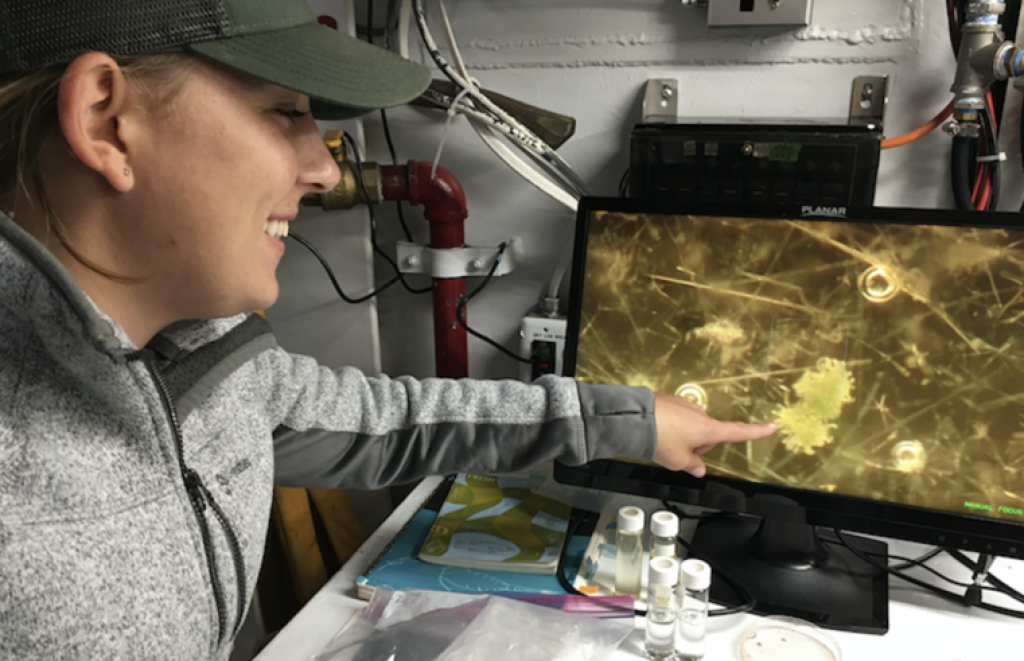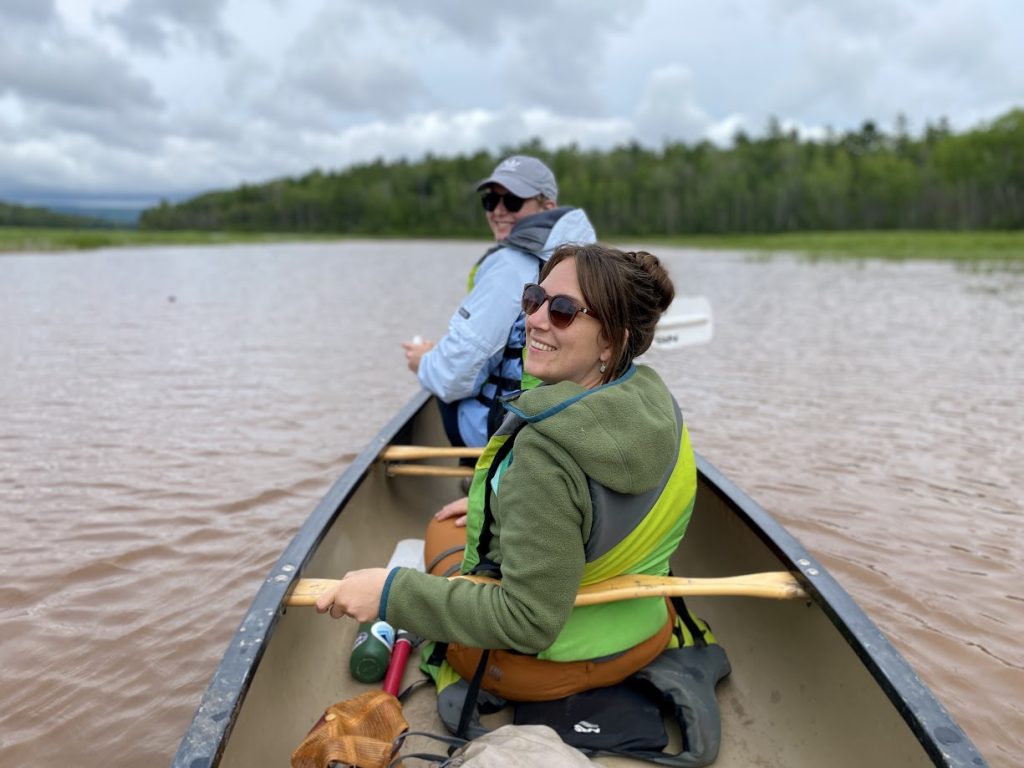Harmful Algal Blooms (HABs), also known as blue green algae, are a growing problem in Wisconsin and nationwide. While they occur naturally, their frequency and severity is increasing.
Dr. Kaitlin Reinl, Research Coordinator at the Lake Superior National Estuarine Research Reserve, and collaborators recently co-authored a peer-reviewed study revealing the relationship between climate change and abrupt changes in algal biomass. The results can aid in developing targeted conservation efforts to preserve the ecological balance of lakes and protect water quality.

The study, which was published in a leading scientific journal, Proceedings of the National Academy of Sciences (PNAS), this February, is titled: “Abrupt changes in algal biomass of thousands of US lakes are related to climate and are more likely in low-disturbance watersheds.”
The research, led by Michigan State University Department of Fisheries and Wildlife professor Patricia A. Soranno, involved a comprehensive analysis of 24,452 lakes over a 34-year period. The study found climate change is causally related to changes in algal biomass in 34 percent of the lakes examined. Notably, 71 percent of these lakes exhibited abrupt, but mostly temporary, shifts in algal biomass, while 13 percent had the potential for regime shifts, which are significant changes that occur abruptly in ecosystems.

The study underscores the importance of understanding the complex interactions between climate and lake ecosystems, particularly in low-disturbance watersheds, such as many areas in northern Wisconsin.
Interestingly, the study showed that climate impacts are most likely to be observed in lakes with minimal human disturbance. In contrast, lakes with high human disturbance showed the least likelihood of climate causality, potentially masking the effects of climate change.
“Our findings provide critical insights into the heterogeneous climate responses of lake algal biomass,” Reinl said. “This research can help predict which stressors are likely to have the greatest impact on lakes and inform effective management strategies to protect these critical freshwater resources, including in the state of Wisconsin.”
Read the full publication here.




